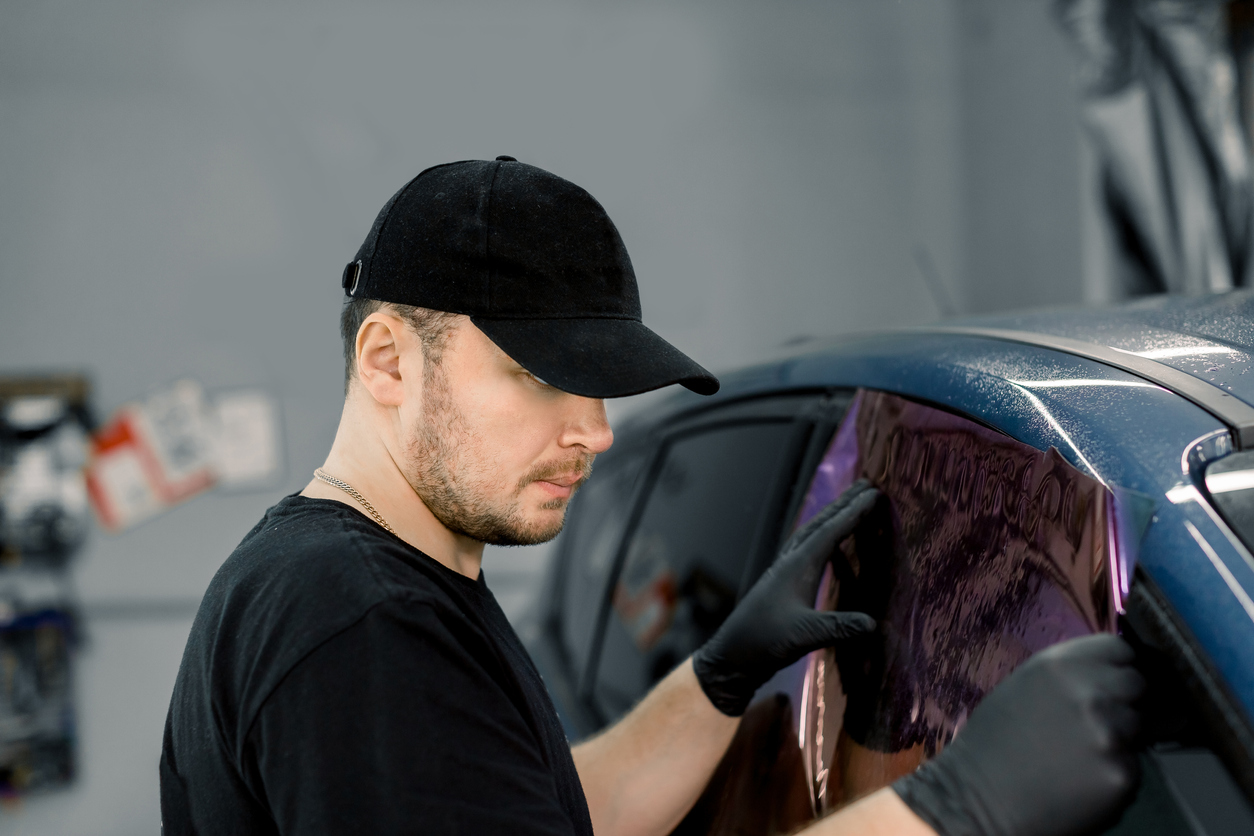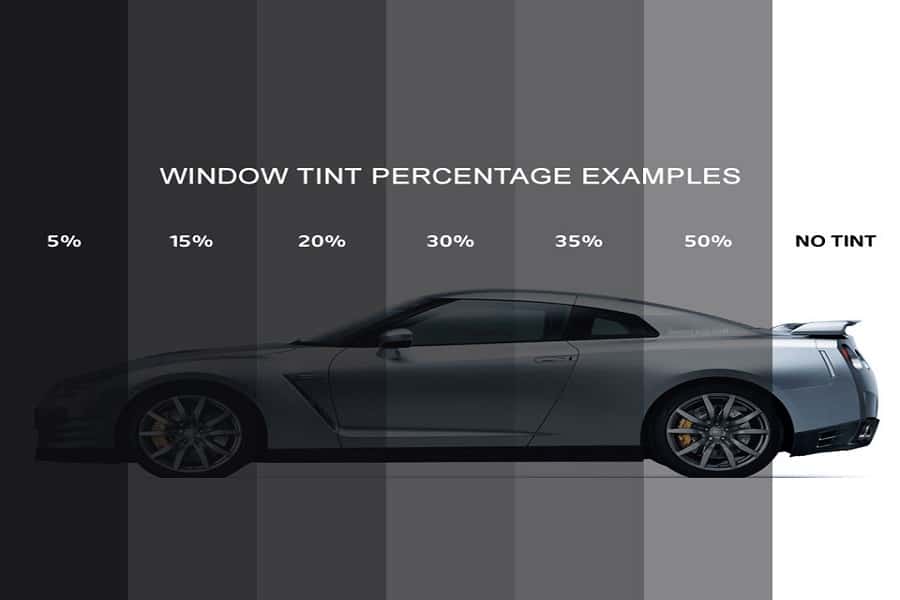Home Window Tinting Rules and Standards: What You Required to Know Prior To Tinting Your Automobile
Before proceeding with home window tinting for your car, it is necessary to acquaint yourself with the varied laws and guidelines that govern this technique across various states. These regulations determine the allowable levels of tint darkness, usually gauged by visible light transmission (VLT) percents, and include details specifications for front windshields focused on making certain road safety. Furthermore, certain jurisdictions might provide medical exceptions for individuals with certifying problems. Understanding these complexities can conserve you from possible legal implications, but what are the specific rules in your state?
Summary of Home Window Tinting Rules
Home window tinting regulations are regularly subject to variation across different jurisdictions, showing local laws and safety and security considerations. These laws determine the permissible degrees of tint darkness and reflectiveness on lorry home windows, guaranteeing that motorists preserve appropriate exposure while likewise securing against unsafe UV rays and heat.
The majority of laws identify home window tinting based on the Visible Light Transmission (VLT) percent, which suggests the amount of light that can go through the window. Generally, lower VLT percentages indicate darker tints. Regulations commonly set apart in between the front, side, and rear windows, with more stringent limitations put on the front windscreen to improve safety for both the motorist and other roadway individuals.
Additionally, some jurisdictions enforce restrictions on the reflectivity of the color, protecting against extreme glow that could hinder visibility. Exemptions to these legislations might exist for people with certain clinical conditions calling for additional sunlight defense. Compliance with window tinting policies is essential, as infractions can cause fines, obligatory elimination of the color, and potential boosts in insurance policy premiums. For that reason, it is crucial for car proprietors to familiarize themselves with neighborhood laws before continuing with home window tinting installations.
State-by-State Tint Laws
Recognizing the specific window tinting policies in each state is vital for car proprietors looking for to adhere to the regulation. Each state in the U.S. has established its own set of rules regulating home window tinting, which can differ significantly. These regulations commonly determine the permitted levels of tint darkness, the kinds of windows that can be tinted, and any kind of clinical exemptions that might apply.
For example, states like The golden state have rigorous restrictions on tint darkness for front windows, while others, such as New Mexico, might permit darker tints. Additionally, particular states mandate details visibility percents for different home windows, including the windshield, front side home windows, and back home windows. It is critical for auto proprietors to acquaint themselves with their state's laws to stay clear of potential penalties or fines.
Additionally, some states may call for a qualification sticker to be positioned on colored windows, indicating compliance with state regulations. Failure to stick to these regulations not only runs the risk of legal repercussions but can additionally impact safety and presence while driving. Car owners ought to perform thorough research study or seek advice from local authorities to make sure full understanding and compliance with visit the site state-by-state tint guidelines.
Allowed Color Kinds and levels
Numerous automobile owners may be stunned to learn that enabled tint levels and kinds differ commonly throughout various states. Each state has actually developed its very own policies pertaining to the permissible darkness and reflectivity of window color, frequently gauged by Visible Light Transmission (VLT) percentages. VLT describes the quantity of light that can travel through the tinted home windows; thus, a lower percent indicates a darker color.

In addition, the sorts of tint products permitted can vary, with some states forbiding metallic or mirror-like finishes. It is important for lorry proprietors to familiarize themselves with their state's particular legislations to ensure compliance. Non-compliance can lead to fines, obligatory removal of the tint, or various other lawful repercussions, making it critical to comprehend these policies prior to waging setup.
Medical Exemptions for Tinting
While not all states supply allowances for clinical exceptions pertaining to home window tinting, those that do acknowledge the necessity for specific people to improve presence and convenience because of medical conditions. Various medical problems, such as lupus, skin cancer cells, and particular eye problems, can provide people especially conscious sunshine. These people may require darker colors to safeguard themselves from harmful UV rays and glow.
It is essential to keep in mind that even with a clinical exemption, there might still be limitations on the degree of tint permitted. Conformity with state laws guarantees that individuals are both secured and within legal restrictions. Those considering clinical exceptions ought to contact their local Department of Motor Vehicles or equal authority to recognize the demands and treatments needed to make an application for an exemption properly.
Charges for Non-Compliance
Stopping working to abide with window tinting legislations can result in significant penalties, which vary by state. Police are empowered to issue citations for vehicles that do not stick to the specified tinting policies. These fines usually include fines, which can vary from small total up to numerous hundred bucks, relying on the extent of the violation and the state in concern.
In some territories, duplicated offenses might lead to rising penalties or additional charges, such as obligatory court looks. Non-compliance might necessitate the removal of prohibited tinting, frequently at the proprietor's expense. In severe situations, regular wrongdoers may deal with suspension of their lorry registration up until conformity is attained.
Additionally, insurance implications might develop from receiving multiple citations for home window color offenses. Insurance companies may check out such violations as a sign of riskier actions, potentially causing increased costs or difficulty in insurance coverage.
To prevent these charges, it is crucial for vehicle owners to familiarize themselves with their regional home window tinting regulations and ensure that their car complies (Window Tinting). This positive strategy not just stays clear of legal implications yet additionally promotes roadway safety and security
Final Thought

Many regulations classify home window tinting based on the Visible Light Transmission (VLT) percent, which indicates the amount of light that can pass with the home window. Conformity with window tinting guidelines is crucial, as violations can result in fines, mandatory elimination of the tint, and prospective increases in insurance coverage costs.Comprehending the certain home window tinting policies in each state is crucial for lorry proprietors looking for to conform with the legislation. These laws frequently dictate the permitted levels of tint darkness, the types of home windows that can be tinted, and any type of clinical exceptions that might use.
For circumstances, states like California have strict restrictions on color darkness for front windows, while others, such as New Mexico, might permit darker colors.